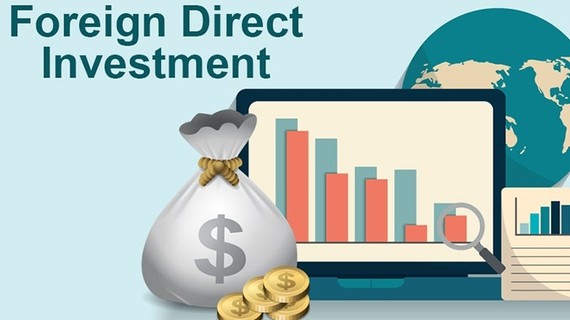Trade surplus a paradox in Vietnam
Trade surplus a paradox in Vietnam
Vietnam has now begun to integrate quite strongly on the international platform via several bilateral and multilateral trade agreements. Exports from Vietnam in 1995 were at only USD 5.4 bn, but by 2019 they had increased 48.5 times, reaching USD 264 bn, while imports in 2019 increased 31 times.
Illustrative photo.
|
Looking at the general picture of import and export from Vietnam, it shows that until 2011 there has always been a trade deficit, but since 2012 there has always been a trade surplus. Last year, in 2019, Vietnam saw a trade surplus of nearly USD 11 bn. Analysis shows that the domestic sector always has a trade deficit, and the Foreign Direct Investment (FDI) sector always has a trade surplus. In 2010, the domestic sector saw a trade deficit of USD 14.8 bn, but by 2019 the trade deficit in this sector was USD 24 bn. In the FDI sector trade surplus in 2010 was USD 2.2 bn, and by 2019 it had increased to USD 34.5 bn. Export in the FDI sector accounted for total increase from 54% in 2010, to 72% in 2018, and 68% in 2019. Thus, it is clear that trade deficit or surplus is solely upto the FDI sector.
According to the Japan Trade Promotion Organization, the localization rate of Vietnam reached 36.3% last year. However, a deeper analysis shows that there are just 14.4% Japanese enterprises in Vietnam that actually buy raw material and spare parts from Vietnamese enterprises. The rest bulk purchase comes from Japanese companies and other countries producing in Vietnam.
Samsung claims that the localization rate in Vietnam is 57%. However, this 57% includes foreign suppliers operating in Vietnam, mainly from South Korea. If we subtract the export share from these suppliers, the localization rate of Samsung in Vietnam would surely be much lower than 57%. According to calculation from Vietnam's interdisciplinary balance sheet in 2012, the proportion of intermediate cost of mobile phones, computers and components account for about 72% of total production value, of which the cost of quality is about 60% and service cost is 12%. However, of the 60% material cost, only 2% is domestic production. Thus with 100% of domestic service cost, the ratio of value created is about 24%.
Vietnam exports are now primarily comprised of electronics, computers, phones, and components, which account for 32% of total export value. Textiles, garments, leather shoes account for 20% of other export value goods. Although when calculated from an interindustry balance sheet, it shows that export of these products spreads to lowest added value among economic groups, but spillover to imports is very large. For example, export of upto USD 100 in electronic products, computers, phones and accessories only creates USD 27 in added value and a worker gets just USD 14. Export of textile products and leather shoes creates USD 31 of added value and USD 18 of labor income.
Added value statistics in the FDI sector are around USD 52 bn, and about 35% or USD 18 bn in surplus. According to the General Statistics Office website, total foreign ownership payments are about USD 15 bn. If only overseas ownership payments are USD 16 bn, it means that nearly 89% of profit from the FDI sector is transferred to home countries, which is quite a paradox.




















